I agree with your view of how PLNs have helped restaurant businesses and entertainment businesses. The paper is based on extensive research and is connected to the course content about PLNs. It is indeed true that many businesses were affected by the COVID-19 pandemic. My new thinking after reading your post is that every business needs to have digital alternatives for conducting business. This is because the risks of business shutdown are higher with the prevalence of highly infectious diseases, wars, and poor diplomatic relations. I am wondering if you watched the video that was shared on the course YouTube Channel (https://youtu.be/LgoDet6pwaI). The guest speaker Mo Amir shared so much about how to create a global PLN and how he built his career around the PLN. He also mentioned how he connects to various influencers and creates an audience for his Podcasts. Besides, you mentioned channels like YouTube and Zoom that have highly been effective for learning, promoting businesses, and entertaining. Something I am thinking is that probably businesses should revise their business models to integrate elements of PLN in their online business and communications. To conclude, I think the PLN offers valuable opportunities for our career development, either in our professions and businesses.
Author: jiaqiz (Page 1 of 2)
Steps to Building a Career around a PLN
This blog is about how to engage professionals through creative, informative, and attractive script on any social platform. We created an infogram to summarize important elements that we learned throughout the course.
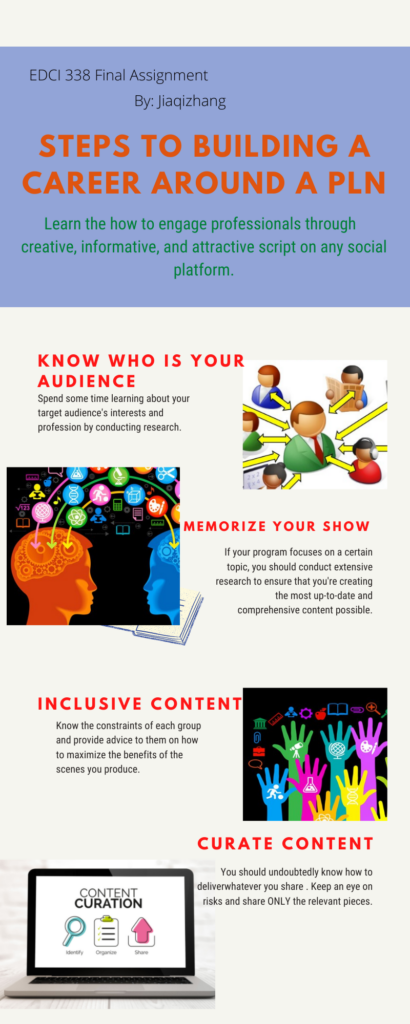
Know who Your Audience is
Spend some time learning about your target audience’s interests and profession by conducting research.
Memorize Your Show
If your program focuses on a certain topic, you should conduct extensive research to ensure that you’re creating the most up-to-date and comprehensive content possible (Veletsianos, 2010)
Inclusive Content
Know the constraints of each group and provide advice to them on how to maximize the benefits of the scenes you produce.
Curate Content
You should undoubtedly know how to deliver whatever you share. Keep an eye on risks and share ONLY the relevant pieces (Amir, M., & Miller, 2021).
Four Important tools for a PLN professional
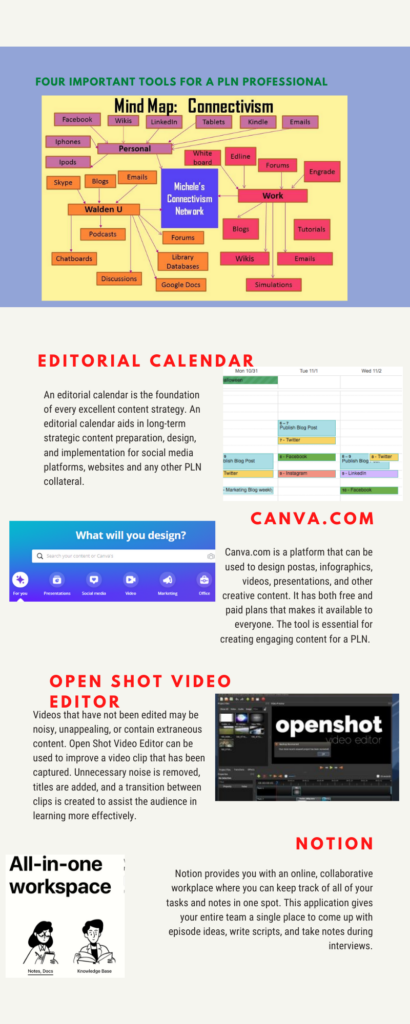
Editorial Calendar
An editorial calendar is the foundation of every excellent content strategy. An editorial calendar aids in long-term strategic content preparation, design, and implementation for social media platforms, websites and any other PLN collateral.
CANVA.COM
Canva.com is a platform that can be used to design postas, infographics, videos, presentations, and other creative content. It has both free and paid plans that makes it available to everyone. The tool is essential for creating engaging content for a PLN.
Open shot video editor
Videos that have not been edited may be noisy, unappealing, or contain extraneous content. Open Shot Video Editor can be used to improve a video clip that has been captured. Unnecessary noise is removed, titles are added, and a transition between clips is created to assist the audience in learning more effectively.
Notion
Notion provides you with an online, collaborative workplace where you can keep track of all of your tasks and notes in one spot. This application gives your entire team a single place to come up with episode ideas, write scripts, and take notes during interviews.
References
Amir, M., & Miller, J. (2021). EDCI PODCAST – 2021-10-24 Mo Amir. https://www.youtube.com/watch?v=LgoDet6pwaI&ab_channel=MILLER.
Veletsianos, G. (Ed.). (2010). Emerging technologies in distance education. Athabasca University Press. https://www.aupress.ca/app/uploads/120177_99Z_Veletsianos_2010-Emerging_Technologies_in_Distance_Education.pdf
Whenever I think about my professional career, something that frequently comes around is how to effectively leverage the PLN for professional growth. According to Del Giudice, Della Peruta, and Carayannis (2013), professionals can rely on PLN for professional development after graduating because the PLN has become key in the development, growth, and connection of innovators, educators, business people, and policy makers. Although someone can start a podcast without an audience, the PLN provides a great opportunity to acquire an audience. This is because nearly all people in a region, city, or even country are in some way connected through different media platforms. In my PLN, it is possible to grow the popularity of my podcast, starting from my school, city, district, and possibly nationally in the future. Presently, I have come to know some people who have professional experience, knowledge, and exposure in various fields. The PLN provides a way of contacting those people either through message, call, email, or via their friends. It is possible to invite these professionals to contribute to my podcast by sharing their knowledge, experience, and exposure. Twitter and LinkedIn provides the best mediums to connect with professionals, but Facebook, Voxer, and Instagram can also be useful. According to Amir and Miller 2021), the most important requirement is to keep in touch with people in my PLN by sharing and sharing their posts as well as ensuring that they know who I am, what I do, and where they can find me. In my opinion, my PLN can be relied on to open and expand professional opportunities.
References
Del Giudice, M., Della Peruta, M. R., & Carayannis, E. G. (2013). Social media and emerging economies: Technological, cultural and economic implications. Springer Science & Business Media. https://link-springer-com.ezproxy.library.uvic.ca/book/10.1007%2F978-3-319-02490-5.
Amir, M., & Miller, J. (2021). EDCI PODCAST – 2021-10-24 Mo Amir. https://www.youtube.com/watch?v=LgoDet6pwaI&ab_channel=MILLER.
Hi Kewen,
I like how you put everything about media literacy. As I read your content, my understanding of it gets more better. As I was learning about media literacy, I noticed that it is a kind of critical thinking that help people to understand, envaluate, and conceptualize media content. As such, there are various factors that determine how people conceptualize media content. These include culture, political affiliation, religion, and level of education. The differences in media literacy can often result to conflict. For example, those who have more media literacy tend to weaponize their knowledge to attack those with limited literacy. What is the solution to this conflict? As you stated, the answer is having a factual concensus. Thank you for this.
Open dialogues about media literacy and factual information can create conflict, why does this happen?
Media literacy is the art of critical thinking and active inquiry into messages that are created, received or shared. It is about developing competencies to help students and professionals to create, analyze, and evaluate media. Proponents of media literacy think that it empowers individuals by providing them with tools desired for creative thinking and democratic society. It helps students to distinguish true and fake news and identify biases along with news storylines. Media literacy is about creating curiosity among students to help them combat propaganda, understand the context of media stories, know who could influence the news and the political party that a particular news source is affiliated with (Smith, & Miller, 2021). On the other hand, media literacy has received criticism because it often gets weaponized. Many progressive people panic about the conservative media, while in our polarized society, people tend to judge those with lower media literacy. Even in an enlightened society, it is difficult to have homogeneity in how people treat media literacy. Therefore there will always be conflict in open dialogs where factual information and media literacy is involved.
What is the benefit of having a PLN that values media literacy?
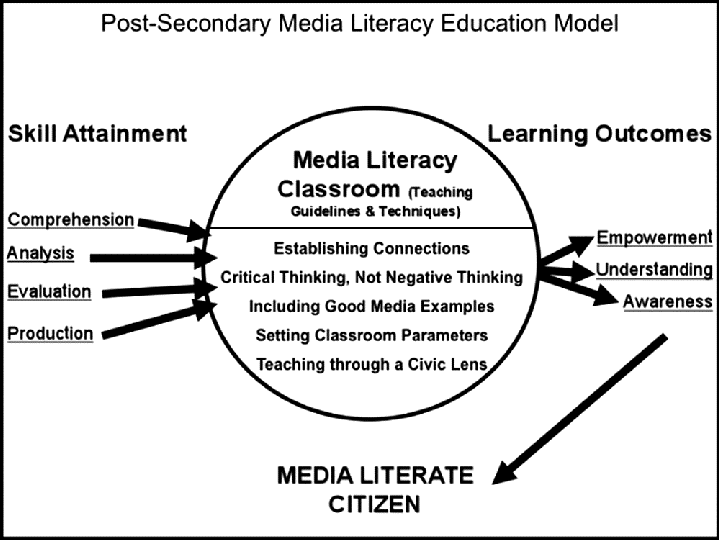
Figure 1: The media literacy model
Media literacy is an important framework for the 21st-century PLN. As shown in Figure 1, media literacy provides the skills required to survive and prosper in the modern connected, but complex world. 21st-century learning not only requires the basic skills of reading, writing, and solving arithmetic, but also requires global awareness, understanding of health issues, and economic literacy. Digital literacy requires members of PLN to be tech-tuned, info-savvy, and media-fluent (Trilling, & Fadel, 2009). This helps them to develop adaptability, self-direction, cross-cultural interactions, accountability, and leadership. Media literacy requires students to learn the past, the present, and the future to solve complex problems.
References
Smith, J., & Miller, J. (2021). Media Literacy – Facts Matter – Course YouTube Channel https://youtu.be/57r3-aEnci0.
Trilling, B., & Fadel, C. (2009). 21st-century skills: Learning for life in our times. John Wiley & Sons. https://login.ezproxy.library.uvic.ca/login?qurl=https://learning.oreilly.com%2flibrary%2fview%2f21st-century-skills%2f9780470475386%2f%3far%3forpq%26email%3d03R4d4eNyBMHvB8Nf3Cy4g%253d%253d%26tstamp%3d1636989275%26id%3d78AF39EB99375BDDB367040CF1F61FCB61597103.
Themes of a PLN in a professional capacity
A PLN can be best described using connectivism theory. Veletsianos (2010) claim reasons that professionals derive competencies by forming connections. The built network consists of connected nodes that consist of machines learning resources, and people. Combined, the nodes facilitate the transmission of knowledge across the network of nodes. Learning happens when people discover a way of learning from one another. People create PLNs as they access, filter, process, and share information across a learning network.
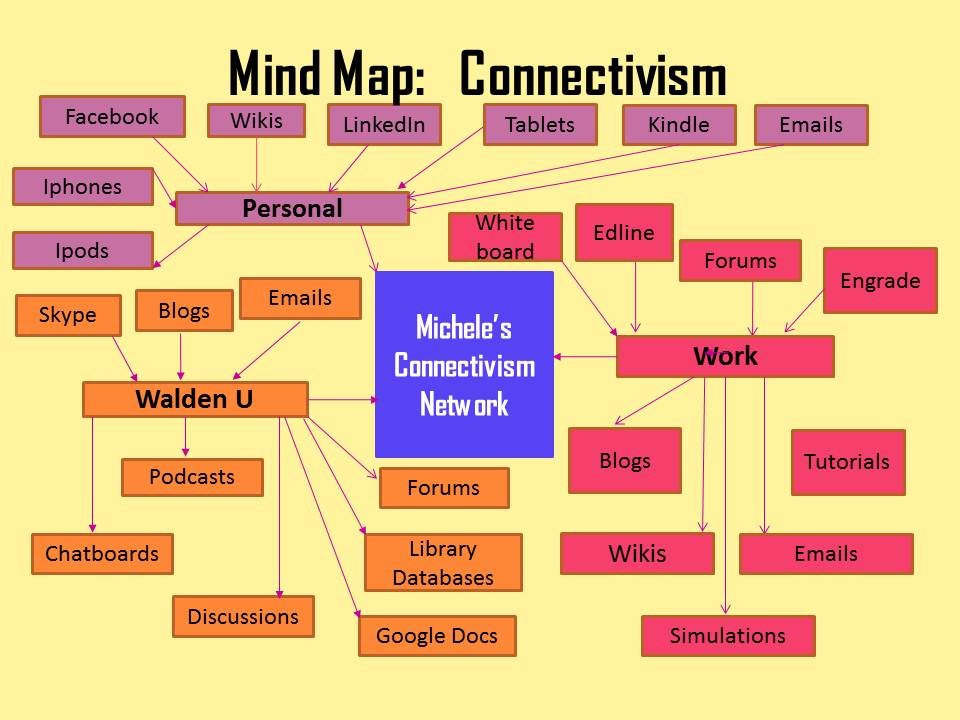
Which social media platforms are beneficial for education?
The social media platforms that are most beneficial in education are growing. In fundamental terms, blogging, social networking, and wikis are the basis for PLNs for education. Photo sharing platforms such as Pinterest increase knowledge sharing through pictures, short videos, and short explanations. YouTube is also a great platform where students can watch tutorials online and better understand concepts. Microblogging platforms like Twitter and LinkedIn helps students to connect better and interact to exchange knowledge and learn from each other.
The equality that exists when all have the same platform to engage community dialogues
Social media professionals have various ways of adhering to professionalism and regulations when working with the vulnerable sector. Social media allows the voices of the first nations (indigenous communities) to be heard because it is a platform for everyone (Baker & Miller, 2021). The social media influencers such as journalists allow their stories to be heard by the more advanced world through cultural events, business, sporting events, education, and documentaries. In the PLN, a professional educator should always stand for the truth and protect the vulnerable to build social equality in education. The use of offensive language, signals, and other things such as spreading fake news is considered a violation of regulations and ethics. Professionals are required to treat every individual on social media equally while protecting them from content that could cause harm, insecurity, rage, and fear. This ensures that the PLN serves to educate in a social environment that accommodates diverse people from different cultures, ethnicities, views, religions, nations, disability statuses, and races.
References
Baker, B. & Miller, J. (2021, June 10). Education in a Connected Culture – Course YouTube Channel https://youtu.be/C5z8iHxW2n4
Veletsianos, G. (Ed.). (2010). Emerging technologies in distance education. Athabasca University Press. https://www.aupress.ca/app/uploads/120177_99Z_Veletsianos_2010-Emerging_Technologies_in_Distance_Education.pdf
Notable individuals use social media to promote their brand while at the same sharing knowledge in their professional or occupational areas. While doing this, they attract a large audience with individuals who have different views. The risks involved in the public discourse include fake news, critical audience, cultural differences, and possible piracy. This week’s video features Markiel Simpson who discusses community communications. The themes of the video include how notable people use social media, the benefits of having a PLN in the public eye, and how to minimize risks in sharing information.
To begin with, public trust is essential for building a successful PLN. Producing, sharing, and curating news through social media is an alternative whenever the difficult process of news verification can be performed by social journalists situated outside the newsroom. Simpson (2021) emphasizes that individuals should take responsibility for the massive information they share through social media. Any information, whether gathered from podcasts, online streaming, or social media should be passed through verification. There are numerous tools that learners can use to verify the information before sharing it in their PLNs. For example, CoSchedule, Google Analytics, BuzzSumo, and Brand24. These tools critically evaluate incoming information and help students to rephrase it to create valuable information.
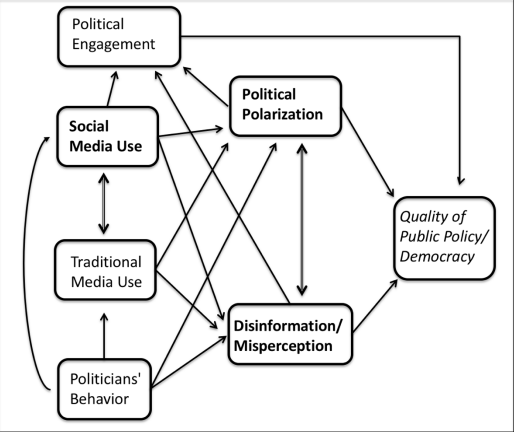
Attribution: https://www.hewlett.org/wp-content/uploads/2018/03/Social-Media-Political-Polarization-and-Political-Disinformation-Literature-Review.pdf
Thoughtless sharing of information can cause misperception, political polarization, and poor democratic quality, as shown in Figure 1. In the public discourse, I would use online verification tools to create curated content. I would also do my research using trusted sources to verify information, whether a research claim, global news, research findings, and any other source of knowledge. I would also cite the sources of information as a way of appreciating the contributions of individuals or organizations that produced that information.
Once I share the information, I would effectively manage negative replies by giving constructive feedback to reassure my audience. I would also avoid replying negatively or defensively since it is my responsibility to manage the information that I share. In an organizational context, I would observe the organizational guidelines since I am mandated to build good public relations.
References
Hirst, M. (2018). Navigating social journalism: A handbook for media literacy and citizen journalism. https://www-taylorfrancis-com.ezproxy.library.uvic.ca/books/mono/10.4324/9781315401263/navigating-social-journalism-martin-hirst.
Simpson, M. (2021). Community Communications – Course YouTube Channel. https://youtu.be/rsoDHGaXNNs
Community engagement in a PLN requires content curation, which is, fining appropriate content and sharing with PLN followers in a style that creates value. I find curated content from companies and professionals who are better informed about their field than the audience. I create Twitter list for those organizations or individuals who post verified content that can add value to my PLN. BuzzoSumo is a too that helps me to find content that produce the highest engagement based on search terms and key words.
Using Curated content is essential for earning a good reputation as a trusted source of information and knowledge to a PLN (Navigating Social Journalism). Sharing content that creates engagement and debate on social media helps me to become a thought leader and grow my network. Whenever I share content, I let the content creators to know that I appreciate their post to make them approve my followership and to appreciate other contents that I share as well.
According to Vance (2021), the crucial questions to ask before sharing content are as follows: Is the content worth sharing or unique? Should the content be shared to the public or to specific individuals? Why would the content help them? Is the source trustworthy? I also share my personal thoughts on the content while sharing it with others, which generates debate and various opinions that can help me grow my thinking.
The social media has various risks especially for popular people like professional journalists, celebrities, companies, and popular lawmakers. This is because public conversations can generate opposing views especially in the international context (Doran et al., 2018). For example, Kamau Bobb, the former head of diversity at Google, was fired in 2021 for a post he had shared on public spaces in 2008. The post described the Jews as people with appetite for war because of their rivalry with the Palestinians. Taking that example that regards a professional in the diversity field, it is always good to think of how a certain post can affect a different group elsewhere.
References
Doran, H., Burdett, H., Butterworth, L., Crawford, T., Cenci, W., Chipampe, N. J., … & Wright, C. (2018). What Works?: Engaging the Public Through Social Media. https://www.publicengagement.ac.uk/sites/default/files/publication/what_works_engaging_the_public_through_social_media_november_2018.pdf
Navigating Social Journalism: A Handbook for Media Literacy and Citizen Journalism by Martin Hirst Chapter 6. Social Journalism and the Gig Economy pp.142. http://ezproxy.library.uvic.ca/login?
Vance, J. (2021). In the Public-Eye – Social Media and Broadcasting. https://www.youtube.com/watch?v=E-NnpQJdl0A
The first thing to consider is a PLN that reflects me in terms of my needs, interests, and focuses. According to Woods and Bianca (2013), it should be able to provide content that promotes learning and development by bringing together people with different skills, knowledge, experience, expertise, and ideas that can help me to learn. People on social media have an affluence of information, but the best PNP for me is one that provides information on my professional field and other things of interest. To build the network, I chat with people and ask them about their interests, professions, skills, strengths, weaknesses, and experiences. I also share my interest and my personal beliefs to help them know me. This helps us to establish a healthy relationship that promotes growth in the PLN. Structurally, my PLN is comprised of my contact, Twitter followers, those I have met along with online courses, tech leaders, and those I met in conferences and workshops in my professional field. The tools that I mostly use include Twitter, LinkedIn, WordPress blogger, Edmodo, Facebook, and Edmodo. I mostly use Twitter because it has different ways of building a PLN. Contextually, Twitter followers are people seeking experiences beyond their lifestyles, including sharing links, engaging in debates, troubleshooting problems, and conferencing. I only need to follow my favorite experts, view their tweets to see what they do, and follow them to see more of what they do. I also retweet interesting posts to start a conversation about a topic. This helps me to view things from a different perspective. My PLN consists of people with an interest in software coding, graphic design, school teaching, video game development, and leadership. Connectivism theory relates to PLN in that it explains how learning is created through the digital environment (Couros, & Hildebrandt, 2016). Knowledge spreads across various nodes in a nebular network to create a connection between the nodes, as illustrated in Figure 1. Successful PLNs are dominated by connectedness, openness, autonomy, interactivity, and diversity (Downes, 2012).
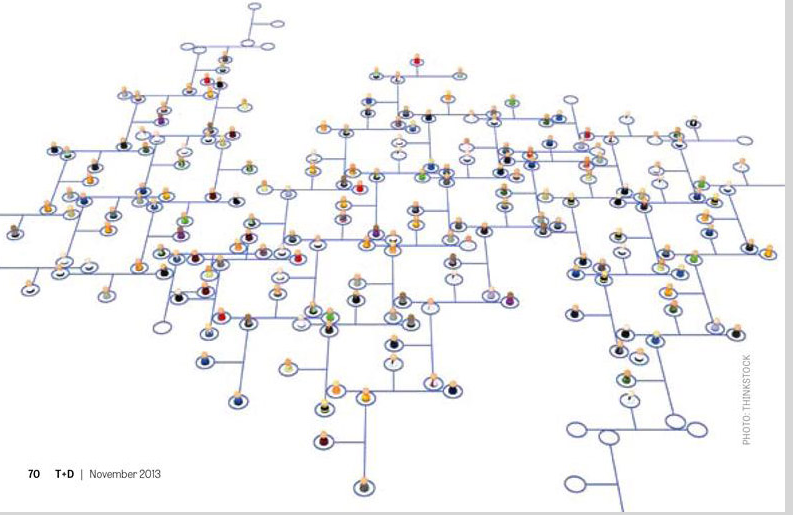
References
Couros, A., & Hildebrandt, K. (2016). Designing of open and social learning. In Veletsianos, G. (Ed.), Emergence and innovation in digital learning: Foundations and applications (pp. 143-161). DOI: 10.15215/aupress/9781771991490.01
Downes, S. (2012). Connectivism and connective knowledge. Retrieved from http://www.downes.ca/post/58207
Woods, Bianca (2013). “Building your own PLN: seeking new insights and ideas? Expand your personal learning network.” T+D, vol. 67, no. 11, pp. 70+. Gale OneFile: Business, link.gale.com/apps/doc/A348998538/ITBC?u=uvictoria&sid=summon&xid=1010abdf. Accessed 18 Oct. 2021.
My PLN values diversity and inclusivity because we want to make it strong for everyone. Inclusivity in PLN is about supporting and providing opportunities for all members in the network to access and contribute, using their experiences and educational content, to make learning better and effective. The PLN is diverse because it includes people from different background, age, disability status, gender, and race. It doesn’t matter who you are, all that matters is your contribution to the network and the value you bring to it.
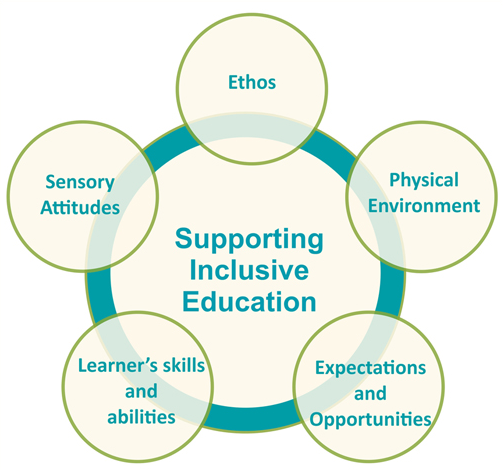
For students who struggle to create multimedia designs or blogs, we support them to ensure that they gain new skills that they need in their profession. We discuss different topics while ensuring that everyone feels equally respected, valued, and welcomed in the network. Our PLN uses the social media networks such as Twitter, Facebook, LinkedIn, and YouTube to ensure that everyone participates in the learning regardless of their disability status. Inclusivity and diversity in the network happens through attending, understanding, and accepting student differences, which include academic, emotional, physical, cognitive, and social (Moore, 2017). Inclusion does not mean that members cannot spend time outside the regular network setting, because they may need particular interventions outside the learning settings. For example, there are online students who attend therapy because of their cognitive needs. Also, some foreign students attend additional classes to improve their English, both written and spoken, but they are still allowed to participate in the network despite their English proficiency.
The social media is a great tool for building inclusion and diversity in our PLN. For instance, some students learn better using pictures and videos while others learn better through infographics, music, and practice. The social media is helping us to use different tools to help everyone to learn in the way they feel comfortable (EDCI 338 interview video, 2021). This ensures that all members equally benefit within an inclusive environment. We will also look forward to increase diversity and inclusion in the team by involving more diverse students in the network.
References
Moore, S. (2017). One without the other: Stories of unity through diversity and inclusion (Vol. 1). Portage & Main Press. Introduction (Page 6-10) & Part 1 (Page 11-12). https://ebookcentral-proquest-com.ezproxy.library.uvic.ca/lib/uvic/reader.action?docID=4832579&ppg=6.
EDCI 338 (2021, May 21). 20 Minutes Moore. Course Interview with Shelley Moore: https://www.youtube.com/watch?v=KeSV0rUl1bA
Recent Comments